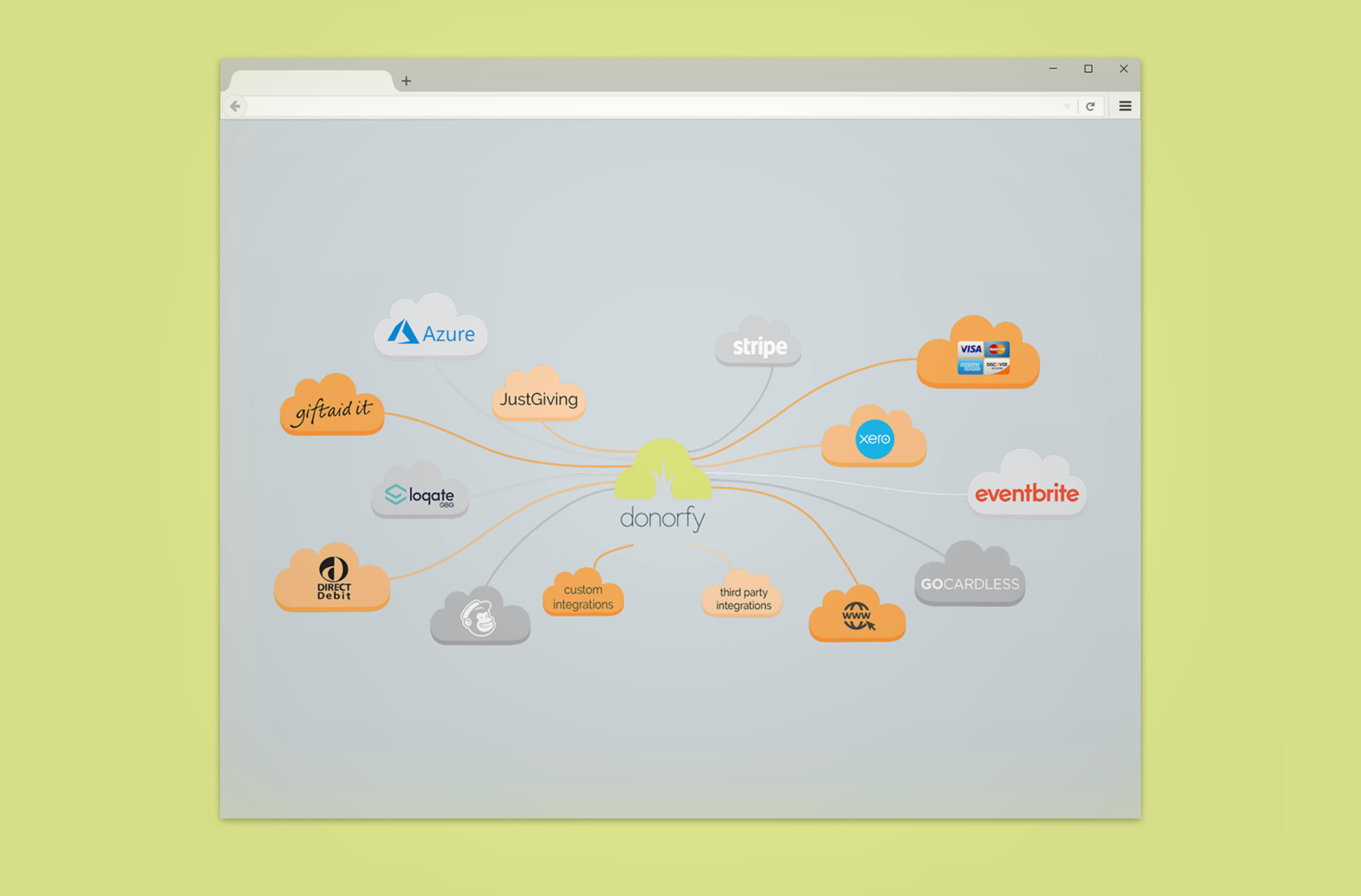
Digital transformation is the buzz phrase on the lips, in the blogs and in the goals of leadership teams across the world. The thinking is that if your organisation isn’t geared up for digital transformation, it is stuck in the past and will fail. It’s not difficult to sense panic in some quarters. Panic is never helpful, and now’s a good time to stand back and work out what digital transformation really means for your organisation.
At Mast we have always taken a ‘real world’ view of trends and have always resisted following bandwagons. So it’s time to pin our colours to the mast (sorry for the pun) on where we stand on digital transformation.
Is digital transformation nothing new?
Management gurus are on record as saying that digital transformation is not about technology, it’s about customers. Or for the NFP sector, it’s about donors, fundraisers and members. Nothing new there as far as I can see.
What is different is the way we can now interact, collaborate, keep records and build reports. The tools for doing so have evolved at an exponentially faster and faster rate, and will continue to do so. We can be anywhere in the world, and stay fully connected with colleagues, clients and entire organisations.
The Cloud lets us use the latest versions of powerful software as soon as we log in. We can now use video conferencing, work collaboratively on documents, screen share and see results in real time. With so much firepower in your armoury, the challenge is to marshall your troops in a way that makes your organisation genuinely more efficient and better able to achieve your goals. Yes, you have to develop new processes.
How do processes change with digital transformation?
The way we work evolves with arrival of new tools, including of course advances in technology. When spreadsheets took hold in the 1990s, repetitive accounting tasks went out of the window. CAD changed traditional draughtsmanship. Analytics programmes changed the way businesses built forecasts and budgets.
New skills were needed and the importance of IT staff became more and more prominent. But how do you arrange workflows and allocate responsibilities as technology changes? That’s where clear thinking about processes comes in, and where thinking about customer experience remains paramount.
It’s a fact that at Mast while we spend a lot of time advising clients on technology, we devote a very large share to refining the way different parts of organisations communicate, collaborate and deliver on their goals. In a world where access to powerful tech tools is potentially available to everyone, the need for clarity on who does what is more important than ever.
What is agile working?
Another buzz phrase used in connection with digital transformation is agile working. The notion is that staff are empowered through technology to perform multiple tasks without working in silos. Breaking down barriers is always to be applauded, isn’t it? But in the real world you can’t succeed in chaos. You still need to be clear about responsibilities and who is best able to deliver results.
How to overcome resistance to change
In any organisational transformation, everyone has their own level of tolerance to change. Some people embrace new ways of working enthusiastically, others don’t. To keep staff on board, leadership teams need to acknowledge that someone who is completely at home with Excel might shudder at the thought of moving onto a Salesforce platform.
The way through is to be open about the reasons for change and to communicate the benefits, not just for the organisation but also for each individual member of the team. Good technology, which Salesforce undoubtedly is, simplifies tasks. It lets staff shine. Give them the right support and training [link to Salesforce training page], and they will. That’s as true now in the age of digital transformation as it ever was.
What does Salesforce say about digital transformation?
“Digital transformation is the process of using digital technologies to create new — or modify existing — business processes, culture, and customer experiences to meet changing business and market requirements.”
At Mast we’ll agree with that.
Book a call now to talk about digital transformation.









